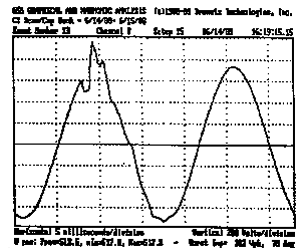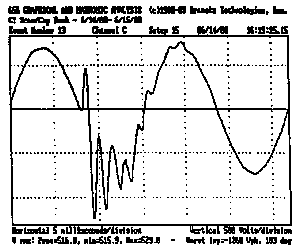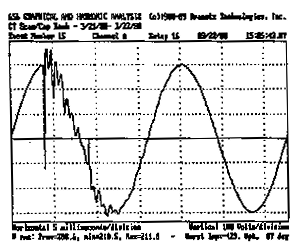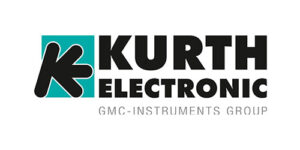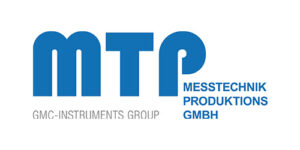A medical clinic in Las Vegas, Nevada, employing sensitive computed tomography (CT Scan) system. Power was brought to the system from a 480 volt service feeding a 480-to-208 volt isolation transformer.
CT Scan system was experiencing repeated computer lockups and component failures.
The medical equipment service company installed a power monitor on site to analyze the power to the system. A single day of monitoring was enough to identify the case of the failures. Figure 1 shows the disturbance on the line caused by a utility power factor correction capacitor bank located just one block away.
Figure 2 shows the attenuation effect of the isolation transformer, still not enough to protect the CT Scan system from such a severe transient.
Expansion of the waveform data, Figure 3, revealed the ringing frequency of the system, when energized by the capacitor bank, was between 1 kHz and 1.5 kHz. This allowed the specification of a treatment device to mitigate the problem.
The medical equipment company recommended the use of an active-tracking filter specifically designed for this type of disturbance around 1 kHz. The filter was installed on the 480-volt line to protect all of the downstream equipment. Figure 4 shows the difference between the input (Channel C) and output (Channel B) of the filter during a subsequent capacitor bank switching operation.
